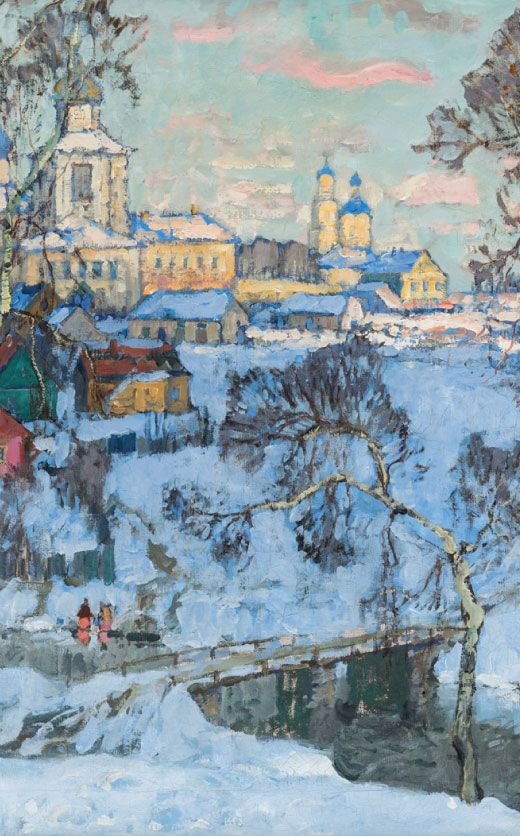Porcelain Nymphenburg Manufacture Cane
Lot 84
About Seller
Kimball Sterling
125 West Market Street
Johnson City, TN 37604
United States
Family-owned and family-run Johnson City Tennessee auction business for 25 years. Selling antiques and collectables for 38 years. Kimball M. Sterling, Inc. was founded and is owned by Kimball and Victoria Sterling, time and again, they have laid solid claim to world-wide attention and renown with an...Read more
Categories
Estimate:
$800 - $1,200
Absentee vs Live bid
Two ways to bid:
- Leave a max absentee bid and the platform will bid on your behalf up to your maximum bid during the live auction.
- Bid live during the auction and your bids will be submitted real-time to the auctioneer.
Bid Increments
| Price | Bid Increment |
|---|---|
| $0 | $10 |
| $100 | $25 |
| $500 | $50 |
| $1,000 | $100 |
About Auction
By Kimball Sterling
May 24, 2025
Set Reminder
2025-05-24 11:00:00
2025-05-24 11:00:00
America/New_York
Bidsquare
Bidsquare : Masterpiece Cane Auction
https://www.bidsquare.com/auctions/kimball-sterling/masterpiece-cane-auction-19479
A European Masterpiece Cane Auction Kimball Sterling kimballsterling@earthlink.net
A European Masterpiece Cane Auction Kimball Sterling kimballsterling@earthlink.net
- Lot Description
Ca. 1870 Porcelain knob modeled to depict the head of a “Cavalier” on an integral plinth with a prominent round face marked by two cheerful eyes and a charming smile wedged between a ruffle collar and a mousquetaire hat with a raised edge at the front. The face and hair are naturalistically painted with an exceptional attention to micro detail, while the hat is plain grass-green colored and highlighted with a golden shell at the front and scattered blooms on the back. The ruffle was left white, and the plinth is embossed with the molded seal of the manufacturer, which can never be counterfeit, and emphasized with pale blue and gold moriage. This knob was modeled by the Swiss-born Franz Anton Bustelli (1723-63) for the world-famous Bavarian Nymphenburg porcelain manufacture and belongs to his Commedia Dell’arte characters, which remained forever unsurpassed in their sense of movement and grace. Porcelain art at its best, the flawless knob reflects all the seductive powers of the vitrified material and comes with a slim turned and gilt metal collar on a well-streaked rosewood shaft with bright hues and a matching horn ferrule. Nymphenburg porcelain canes are extremely difficult to come by, making them a true collector's item with excellent market value. 3” x 2”, O.L. 40 ¼” $800-$1,200 In the 18th century, porcelain was the ultimate status symbol for Europe’s royals. So prized was this hard but delicate material that it was known as “white gold.” And as Janet Gleeson’s 1998 history, “The Arcanum: The Extraordinary True Story,” makes clear, princes and dukes were not above imprisoning craftsmen to discover the secret and keep it for themselves. Nymphenburg Porcelain Factory was founded in 1747 in Bavaria and moved to Nymphenburg on the outskirts of Munich in 1761. Hard-paste porcelain was made from the beginning, but in 1757 its quality improved, and it was used to make Rococo figures, including those modeled by Franz Bustelli. The Nymphenburg factory also produced veilleuses and tableware and was specialized in the production of cane handles and small boxes. During the late 18th and early 19th centuries, Nymphenburg mainly produced busts, reliefs, classic figures, and tableware in Sèvres Empire style. Early 20th-century products include art nouveau tableware and figures. Franz Anton Bustelli was a brilliant sculptor. He was also a master of observation. The facial expressions of his figures are so accurate, modern, and timeless that Nymphenburg selected some of his character heads to turn into bottle corks. A cavalier, a pretty girl, and the harlequin provide an illustrious accompaniment to a good bottle of wine. So let’s raise our glasses to the superb sculptor, who still shapes the spirit of the porcelain manufactory today as he did 250 years ago.
- Shipping Info
-
Each auction has different shipping terms but the buyer always pays.
Canes:
After payment has been received we will contact you.
-
- Buyer's Premium



 EUR
EUR CAD
CAD AUD
AUD GBP
GBP MXN
MXN HKD
HKD CNY
CNY MYR
MYR SEK
SEK SGD
SGD CHF
CHF THB
THB



















